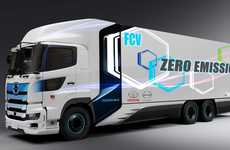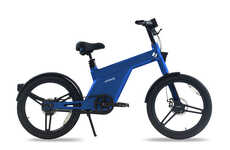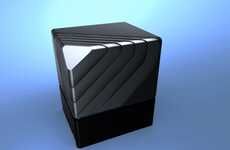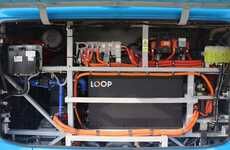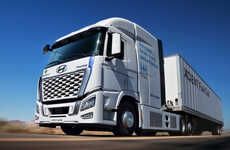
Alstom's Coradia iLint Train is Powered by a Hydrogen Fuel Cell
Hydrogen fuel cells are an alternative form of energy that are significantly better for the environment when compared to diesel fuel, and Alstom's Coradia iLint train has made the leap to this green fuel source. Released as part of InnoTrans, the largest trade fair for the railway industry, the Coradia iLint should hit the rails in Germany by late 2017.
Hydrogen fuel cells process the elemental gas in order to create energy, with the only output that they produce being water. This means that hydrogen fuel cells produce no carbon dioxide emissions whatsoever. While the infrastructure that this type of cell requires is impractical for automobiles when compared to electric motors, trains' long journeys and high carrying capacity make it a far more suitable option.
Hydrogen fuel cells process the elemental gas in order to create energy, with the only output that they produce being water. This means that hydrogen fuel cells produce no carbon dioxide emissions whatsoever. While the infrastructure that this type of cell requires is impractical for automobiles when compared to electric motors, trains' long journeys and high carrying capacity make it a far more suitable option.
Trend Themes
1. Hydrogen Fuel Cells - Hydrogen fuel cells as an alternative form of energy in transportation.
2. Zero-emission Trains - Trains using hydrogen fuel cells producing no carbon dioxide emissions.
3. Green Energy Transportation - Green energy transportation in the railway industry with hydrogen fuel cells.
Industry Implications
1. Railway Industry - Adoption of hydrogen fuel cell technology in rail transport.
2. Energy Industry - Hydrogen fuel cell technology for energy production and supply.
3. Automotive Industry - Exploring hydrogen fuel cell technology for vehicles with improved infrastructure.
4.1
Score
Popularity
Activity
Freshness




